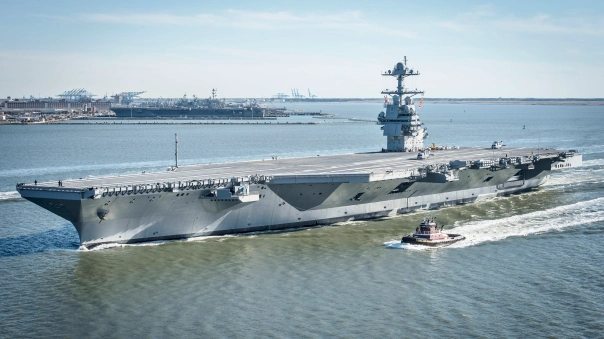It’s a Machine Room, Not a Broom Closet
June 12, 2017Machine Room Temps
June 12, 2017Benefits of the MRL

In 1996, Kone introduced the world to its first Machine Room-Less traction elevator (MRL), and worldwide, this design has become common for mid-rise buildings. While regulations, code requirements and new product hesitation have made growth slower in the United States, we are now seeing steadily increasing installations.
The MRL elevator is attractive due to emerging technology that significantly reduces the size of the electric motors normally used with traction elevators. This gives elevator manufacturers the option to replace the large machine room used to accommodate the motor with a small, more efficient motor placed in the overhead at the top of the hoistway. Instead of accessing the machine via ladders onto a roof, it is serviced from the car top.
Common – Is it Right?
However, just because it is becoming a common choice doesn’t mean the MRL is the right elevator configuration for your project. Below are some of the advantages and disadvantages of MRLs to consider when looking for a new or replacement elevator.
- Energy savings – Some of the early claims were an energy savings of up to 80% compared to hydraulic units. However, closer examination has revealed those numbers may be inflated. This is especially true when comparing travel up and down, as hydraulic units are extremely efficient when going down. It is now thought that the running costs are reduced about half as much as previously thought, depending on use.
- Space saving – There is no doubt that without a traditional traction machine room, construction is simplified, as there is no need for rooftop access and the hoistway protrusion above the roof is smaller. Architects may appreciate this flexibility.
- Comparable durability, ride and safety – Early concerns were the MRL would not be as safe or as durable as a standard traction elevator, or the quality of the ride might suffer. MRLs have proven to be just as safe and comfortable as standard overhead traction, though they haven’t been around long enough to prove or disprove long-term durability.
- No hydraulic oil used – Currently, there are some environmental concerns with oil usage and possible oil seepage or spills, especially in elevators with in-ground jacks. MRL’s can alleviate those concerns. However, many of those concerns are now overstated, as all in-ground jacks must be contained in PVC liners. Also, hydraulic oil can now be made from biomass instead of petroleum.
Downsides
Some of the downsides of MRL’s to consider:
- Higher initial investment – They simply come with a higher price tag for low and medium rise applications.
- Higher standby power requirement – While in operation, they are an energy saver, but when they are inactive, they use more energy than hydraulic elevators.
- Higher maintenance costs – MRLs, like traction elevators in general, have more moving parts and are thus more complex to service. Thus maintenance costs are typically higher.
- Higher repair costs – Due to part availability, repair time could be longer and more expensive. Also, many components must be refurbished or repaired at the manufacturer.
- Harder to service – The basic thought is that the elevator car top will serve as the service platform for the motor. If the elevator car cannot be moved to the top of the hoistway, getting to the motor safely may be a problem. Access to the motor needs to be considered before installation.
The Bottom Line
The takeaway is that there are several positives and negatives when it comes to making a decision about MRL’s. Depending on the project, age and condition of your current elevator, an MRL may make sense in the long run. On the other hand, in some circumstances, a hydraulic system is superior in initial investment and long-term maintenance. Here is more info about types of elevators.
It is important to gather information before you decide, and it helps to know the amount of traffic you are expecting, the total travel distance and what, if any, environmental concerns you have when thinking about a project. To get more guidance on the decision, we recommend you get an unbiased opinion from a company that offers a wide variety of elevators, including both MRL and hydraulic options or elevator consultant. The engineers and consultants at Phoenix Modular Elevator are ready and willing to discuss all of these elevator possibilities at any time.
[vc_button label=”Contact Us” target=”_self” size=”small” style=”light” url=”https://phoenixmodularelevator.com/contact/”]



